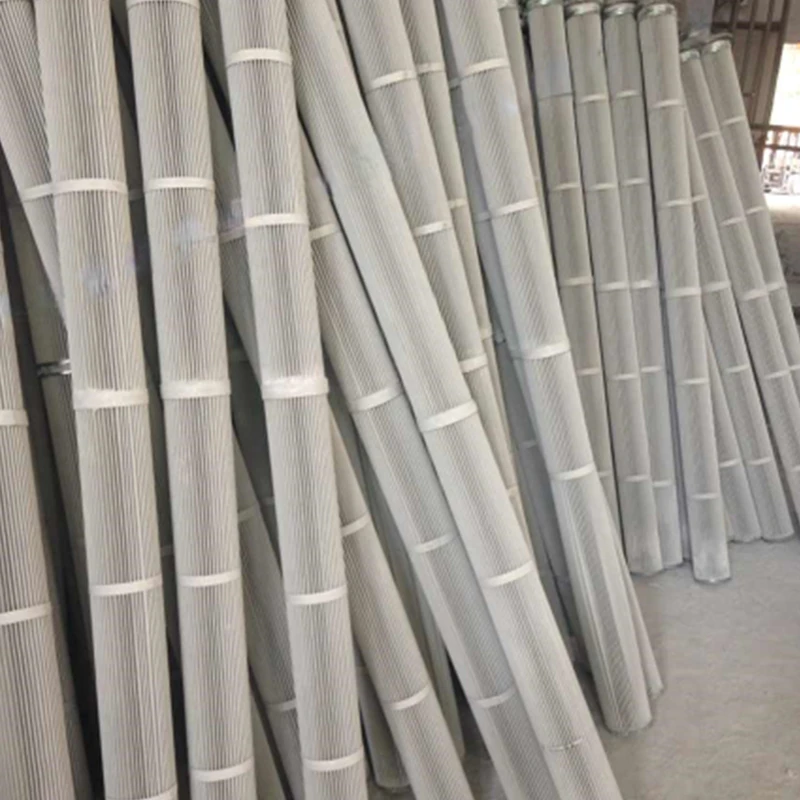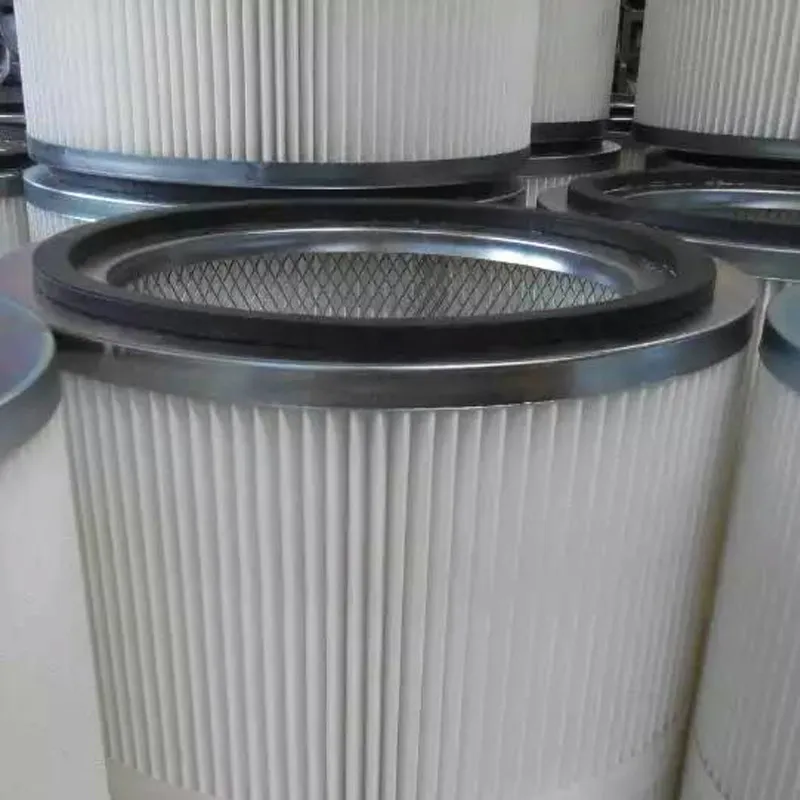 Tel:
+8618931101301
Tel:
+8618931101301
8 月 . 11, 2024 00:56 Back to list
Optimizing Inlet Filter Systems for Enhanced Performance of Gas Turbines in Power Generation Applications
Gas Turbine Inlet Filters Importance, Types, and Maintenance
Gas turbines are critical components in various industries, including power generation, aviation, and marine propulsion. Their performance and longevity are significantly influenced by the quality of the air they consume. Inlet filters play a pivotal role in ensuring that the air entering the turbine is free from contaminants that can degrade efficiency and cause damage over time. This article explores the importance of gas turbine inlet filters, the types available, and best practices for maintenance.
Importance of Inlet Filters
The primary function of gas turbine inlet filters is to remove airborne particles such as dust, dirt, pollen, and other pollutants from the intake air. These contaminants can cause a variety of issues if allowed to enter the turbine. For instance, particulate matter can lead to erosion of turbine blades, corrosion of internal components, and fouling of heat exchangers. Collectively, these problems can significantly decrease the efficiency of the turbine, leading to increased fuel consumption and maintenance costs.
Additionally, a well-maintained inlet filter system contributes to improved overall reliability and performance of gas turbines. By ensuring that the air entering the turbine is clean, operators can minimize downtime and enhance operational efficiency. In industries where reliability is paramount, such as aviation and power plants, the significance of robust inlet filtration systems cannot be overstated.
Types of Inlet Filters
There are several types of inlet filters used in gas turbines, each designed to meet specific operational requirements
1. Media Filters These filters use various media such as fiberglass, synthetic fibers, or woven materials to capture large particles. They are often pleated to increase the surface area and enhance particle retention.
2. Electrostatic Filters These filters utilize electrostatic principles to attract and trap particles, making them highly effective at capturing smaller contaminants. They are often used in environments with high levels of airborne pollutants.
3. Mesh Filters Constructed from metal or synthetic mesh, these filters provide a durable option for applications that demand high airflow rates. While they may not capture fine dust, they are highly effective against larger particles.
gas turbine inlet filter

4. HEPA Filters High-Efficiency Particulate Air (HEPA) filters are designed to remove at least 99.97% of particles that are 0.3 microns or larger. They are often employed in environments that require ultra-clean air, making them suitable for some gas turbine applications.
Maintenance Best Practices
To ensure optimal performance of gas turbine inlet filters, regular maintenance is essential. Here are some best practices
1. Routine Inspections Conduct regular inspections of the inlet filter system to identify any signs of wear, damage, or excessive dirt accumulation. This proactive approach helps in early detection of potential issues.
2. Cleaning and Replacement Depending on the type of filter, periodic cleaning or replacement is necessary to maintain airflow and filtration efficiency. Follow the manufacturer’s guidelines regarding cleaning intervals and replacement schedules.
3. Monitor Airflow Installing pressure gauges can help monitor the pressure drop across the filter. A significant increase in pressure drop may indicate that the filter is clogged and needs servicing.
4. Environmental Considerations Pay attention to the operating environment of the gas turbine. Areas with high levels of dust or pollutants may require more frequent maintenance and filter changes.
5. Training Personnel Ensure that staff responsible for maintenance are adequately trained to handle filters and understand the importance of proper maintenance protocols.
In conclusion, gas turbine inlet filters are vital for protecting turbines from harmful contaminants. By implementing robust filtration solutions and adhering to maintenance best practices, operators can enhance turbine performance, reduce operational costs, and extend the lifespan of these essential machines.
-
How to choose a high-efficiency air filter? Here comes a professional guideNewsOct.21,2024
-
Air filter: multi-field application, protecting fresh airNewsOct.17,2024
-
Carbon air filter: a green guard to protect air qualityNewsOct.16,2024
-
Can activated carbon completely remove indoor odors and pollutants in air purification?NewsOct.14,2024
-
How to filter air efficiently and ensure indoor air quality?NewsOct.12,2024
-
Activated carbon filter: the invisible guard of clean water lifeNewsOct.11,2024

 Email:
Email:





